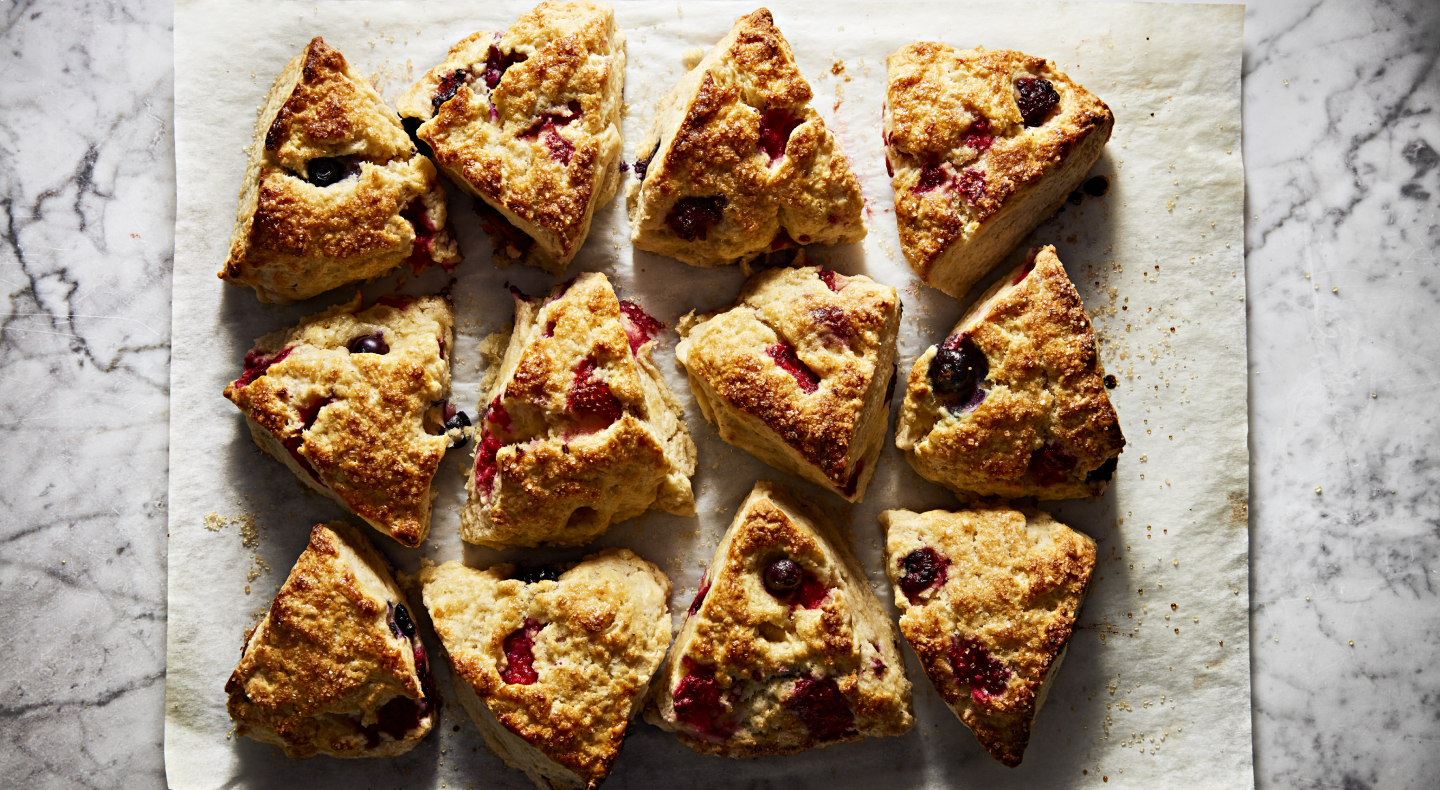
How To Use Buckwheat Flour When Baking
Whether you are curating pancakes or crafting a homemade loaf of sourdough, buckwheat flour can be used in your next baked creation. This versatile flour is gluten-free, filled with nutrients and can provide flavorful infusions, texture and dark hues to your recipes. Discover how to use buckwheat flour when baking.
What is buckwheat?
Buckwheat flour originates from buckwheat itself—grain-like seeds from a plant similar to rhubarb. When milled into flour, buckwheat adds a nutty, earthy taste with texture enhancements and a dark color to your recipes.


What can buckwheat flour be used for?
Buckwheat flour can be used to add a diverse taste, appearance and texture to a variety of desserts and dishes. A portion of your regular flour can be swapped out for buckwheat flour in your recipes, but keep in mind that the ratio may vary, and the absence of gluten-forming proteins may alter the finished product.

1. Bread
Whether you’re curating a loaf of pumpernickel, chocolate banana bread or a classic sourdough, buckwheat flour can add a flavorful infusion and unique shade to your next homemade bread.

2. Cookies
Do you want to spice up classic chocolate chip cookies or add a unique twist to maple pecan cookies? Buckwheat flour can enhance your recipe with plenty of opportunities to experiment.

3. Noodles
For a gluten-free option, try a batch of homemade noodles with buckwheat flour flavor for a nutty taste and darker shade for a personalized creation.


How do you make buckwheat flour?
Buckwheat flour can be made by milling or grinding buckwheat groats to help elevate your recipes for a nutritious dish with texture and flavor enhancements. Making your own flour can add a level of customization to allow you to truly personalize any recipe for your own creation. Learn how below:
Gather your buckwheat groats and add the batch to your All Metal Grain Mill on your KitchenAid® stand mixer.
Next, position your mixing bowl to catch the grounds underneath the attachment.
Adjust your grain mill to the desired setting.
Continue this process until you have the right amount of homemade buckwheat flour to add a unique twist to your favorite recipes.
Food processors and blenders from KitchenAid brand are also great tools for experimenting with buckwheat flour dough and adding it to recipes.


What is the difference between buckwheat flour and regular flour?
Buckwheat is grain-free, gluten-free and adds nutty flavors, tender textures and darker shades to dishes, such as noodles, cookies and bread. Up to ¼ of buckwheat flour can be substituted for regular and other types of flour for a variety of recipes.
Is buckwheat healthier than regular flour?
Buckwheat flour is gluten-free and packed with fiber, protein and other minerals. Not only can buckwheat add an earthy flavor infusion and darker hue to your recipes, but it can be a healthier alternative to regular flour or wheat flour.
Can you substitute buckwheat flour for all purpose flour?
Yes, ¼ of buckwheat flour can be substituted for all-purpose flour in recipes that depend on gluten formation like bread or pasta. But, keep in mind that using buckwheat flour can result in a denser finished product. Cookies, quick breads, cakes, pancakes and soba noodles are more likely to be successful when using gluten free flours, like buckwheat as an alternative to regular flour.


What does buckwheat flour taste like?
Buckwheat flour can add an earthy flavor to your baked goods, homemade breads, noodles and desserts. While the organic bitter taste may be intense at first, cooking and incorporating this flour into your recipes can help tame the flavor for the optimal amount of bitterness for a unique taste to your favorite dishes.
How do you store buckwheat flour?
Buckwheat flour should be stored in a cool, dry environment in a sealed airtight container. Typically, baking enthusiasts store whole grain flours like buckwheat in a cabinet or pantry where it can last around 1-2 months. However, if you want to prolong the life cycle of your flour for three to six months, try storing it in a refrigerator or freezer in a sealed container. This can be ideal if you use flour sporadically but always want to be prepared when your inspiration strikes for your next creation.


Explore KitchenAid® baking tools
Whether you are adding a new twist to a classic recipe or crafting up a batch of buckwheat cookies, buckwheat flour can be a great addition to your recipes. Discover stand mixers, food processors and hand mixers from KitchenAid brand to experiment with buckwheat flour for even more possibilities in the kitchen.